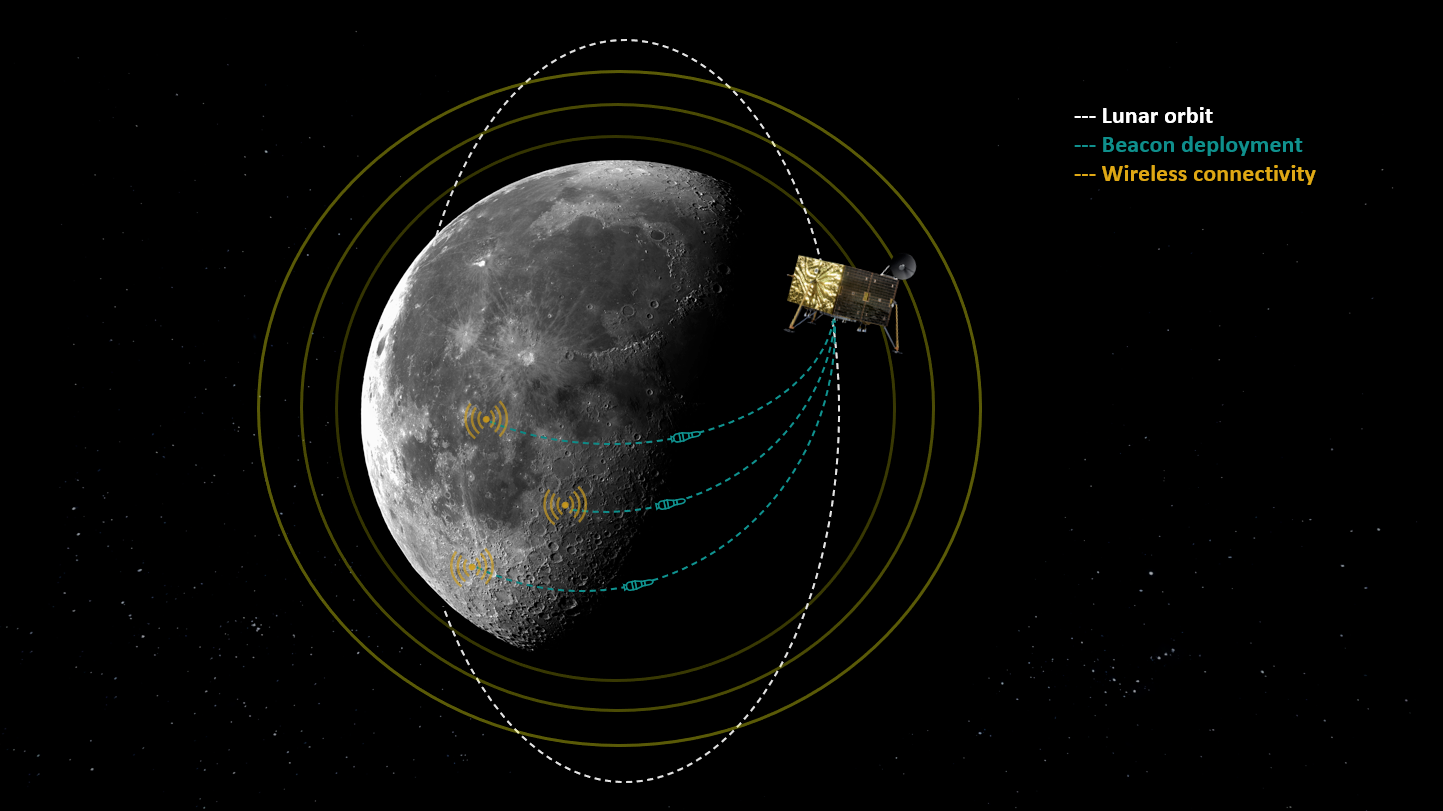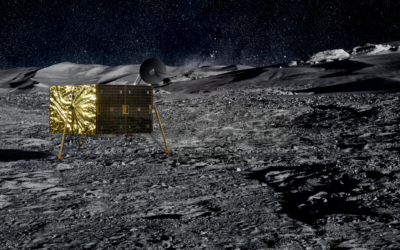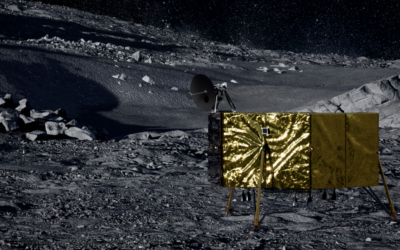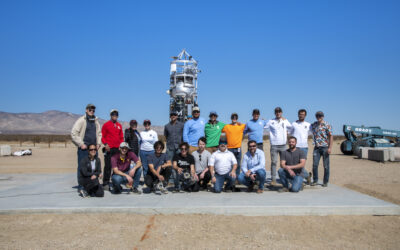“Unlike Earth, the Moon isn’t equipped with GPS so lunar spacecraft and orbital assets are essentially operating in the dark,” said Matthew Kuhns, vice president of research and development at Masten. “As a result, each spacecraft is required to carry heavy navigation hardware and sensors on-board to estimate positioning and detect potential hazards. By establishing a shared navigation network on the Moon, we can lower spacecraft costs by millions of dollars, increase payload capacity, and improve landing accuracy near the most resource-rich sites on the Moon.”
In Phase I, Masten completed the concept design for the network prototype that offloads position, navigation, and timing (PNT) beacons from a spacecraft into a dedicated sensor array on the Moon. In Phase II of the project, scheduled to be complete in 2023, Masten will develop the PNT beacons that are equipped to survive harsh lunar conditions. Masten is collaborating with Leidos to build shock-proof beacon enclosures that can be deployed in lunar orbit to penetrate the lunar surface and create an autonomous surface-based network. Similar to a mesh network, the surface-based network can enable consistent wireless connectivity to lunar spacecraft, objects, and orbital assets.

“Leidos is proud to collaborate with Masten Space Systems in their quest toward a successful lunar surface-based positioning and navigation network,” said Thomas Sereno, vice president and division manager of the Applied Science operation at Leidos. “We are prepared to support the team as they progress through the next phase of the contract.”
In Phase II of the project, the PNT technology will also be tested aboard Masten’s rocket-powered lander, Xodiac, to demonstrate payload integration and beacon operations in a terrestrial environment, enabling a path towards lunar demonstration. Masten has more than a decade of experience maturing PNT systems, including Jet Propulsion Laboratory’s lander vision system that was tested on Masten’s Xombie rocket to enable a successful Mars mission for the NASA Perseverance rover.
“As one of the first commercial companies sending a lunar lander to the Moon, we’re in a unique position to develop and deploy a shared navigation system that can support other government and commercial missions and enable a thriving lunar ecosystem,” said Masten CEO Sean Mahoney. “We are literally blazing the trail with this effort, creating the pathway for regular, ongoing, and reliable access to the Moon.”
About Masten Space Systems
Masten Space Systems is enabling sustainable access and utilization of the Moon, Mars, and beyond. Founded in 2004, Masten has been building and flying reusable rockets for nearly two decades with the most successful rocket-powered landings in the industry. The company is now applying its terrestrial rocket experience to lunar missions that will accelerate space ecosystems and enable new commercial applications. Masten’s end-to-end mission solutions include everything from tech development and testing to off-Earth delivery and operations. Based in Mojave, California, Masten aims to unlock the value in space to benefit humans on Earth, starting with Masten Mission 1 to the lunar south pole.


